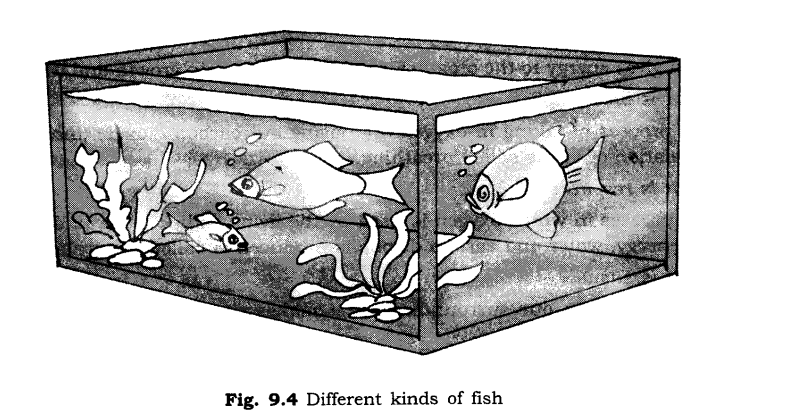EVENTS CONVENT HIGH SCHOOL
14/02/2022 CLASS- 7 SESSION 2021-22
SUBJECT : SOCIAL SCIENCE(HISTORY)
CHAPTER-9
THE MAKING OF REGIONAL CULTURES,
______________________________________
1. Match the following :
Anantavarnam – Kerala
Jagannatha – Bengal
Mahodayapurma – Orissa
Lilatilakam – Kangra
Mangalakavya – Puri
Miniature – Kerala
Answer:
Anantavarnam – Orissa
Jagannatha – Kangra
Mahodayapurma – Kerala
Lilatilakam – Kerala
Mangalakavya – Bengal
Miniature – Kangra
Very Short Answer Type Questions
1. Who was Anantavarman?
Answer: Anantavarman was one of the most important rulers of the Ganga dynasty in the 12th century.
2. Who did King Anangabhima III dedicate his kingdom to? What did he proclaim himself?
Answer: King Anangabhima III dedicated his kingdom to Purushottama Jagannath and proclaimed himself as the deputy of the god.
3. What was called Rajputana by the British?
Answer: In the 19th century, the region that constitutes most of the present-day Rajasthan was called Rajputana by the British.
4. How were the Rajput rulers most distinctive?
Ans. The Rajput rulers were the apostles of bravery. They fought valiantly and often chose death on the battlefield rather than face defeat.
5. Define the term Kathak.
Answer: The term Kathak is derived from Katha, a word used in Sanskrit and other languages for the story.
SHORT ANSWER TYPE QUESTIONS
Question 1.What is one of the commonest ways of describing people?
Answer:
One of the commonest ways of describing people is the language they speak. For example, when we refer to a person as a Tamil or an Oriya, this means that he or she speaks Tamil or Oriya and lives in Tamil Nadu or Orissa respectively.
Question 2.What do we tend to associate one region with?
Answer:
We tend to associate each region with distinctive kinds of food, clothes, poetry, dance, music and painting. Sometimes these identities are taken for granted and are assumed that they have existed from time immemorial.
Question 3.How have regional cultures evolved?
Answer:
- Regional cultures today are often the products of complex processes of intermixing of local traditions with ideas from other parts of the subcontinent.
- Some traditions appear specific to some regions, others seem to be similar across regions, and yet others derive from older practices in a particular area, but take a new form in other regions.
The Cheras and the Development of Malayalam
4. Mention all the six dance forms that are recognised as classical.
Answer: Six classical dances are :
- Kathak (North India)
- Bharatnatyam (Tamil Nadu)
- Kathakali (Kerala)
- Odissi (Orissa)
- Kuchipudi (Andhra Pradesh)
- Manipuri (Manipur).





